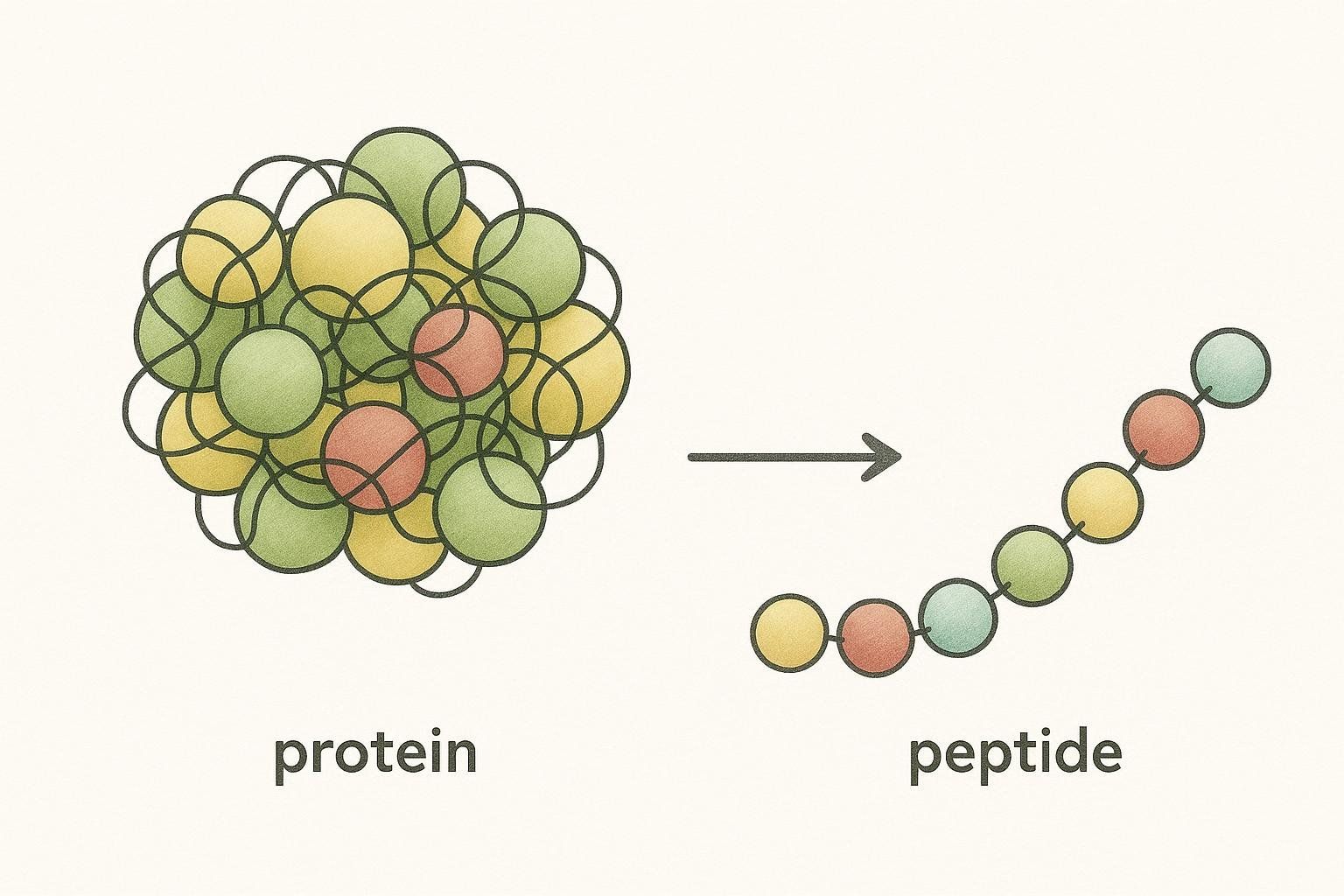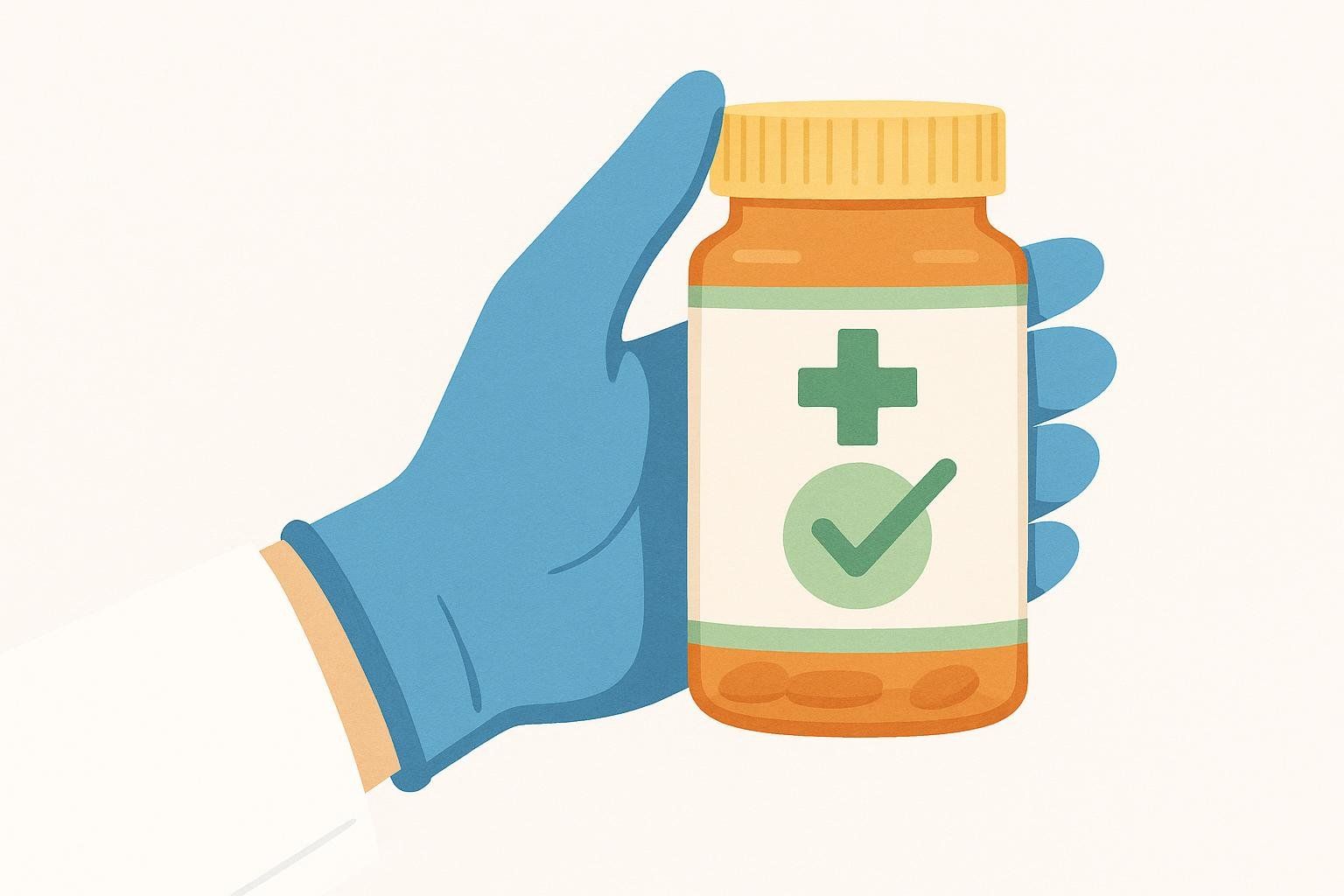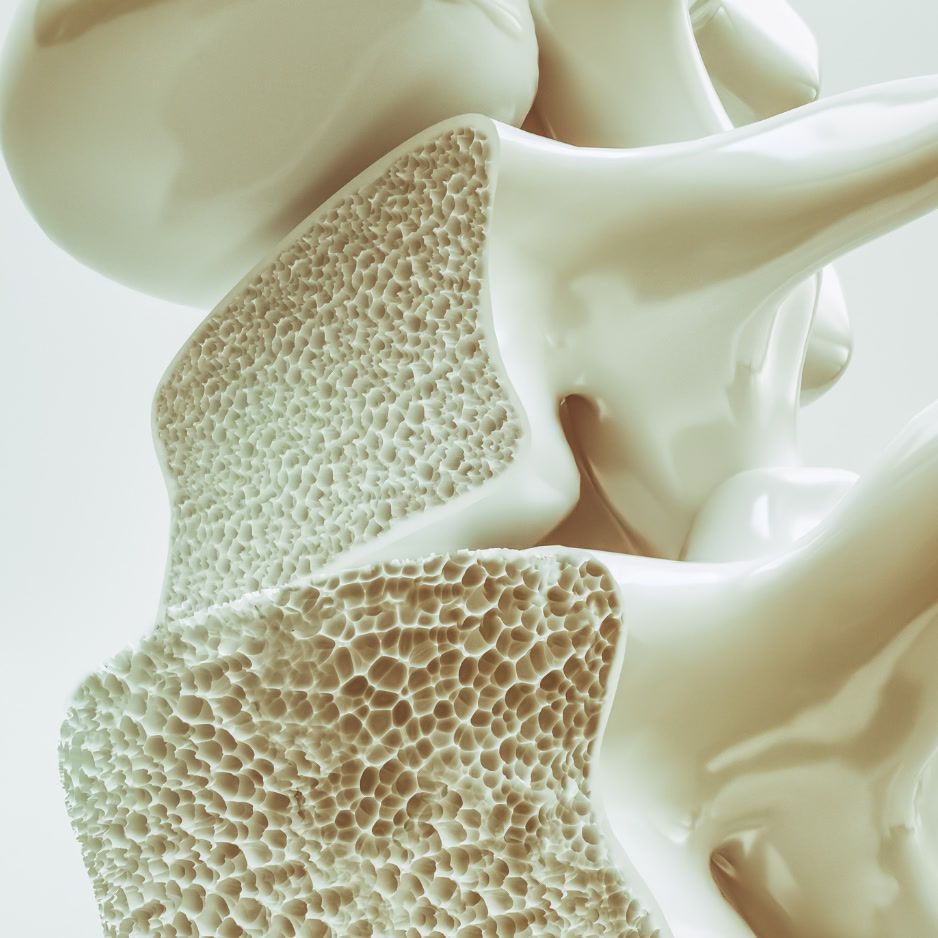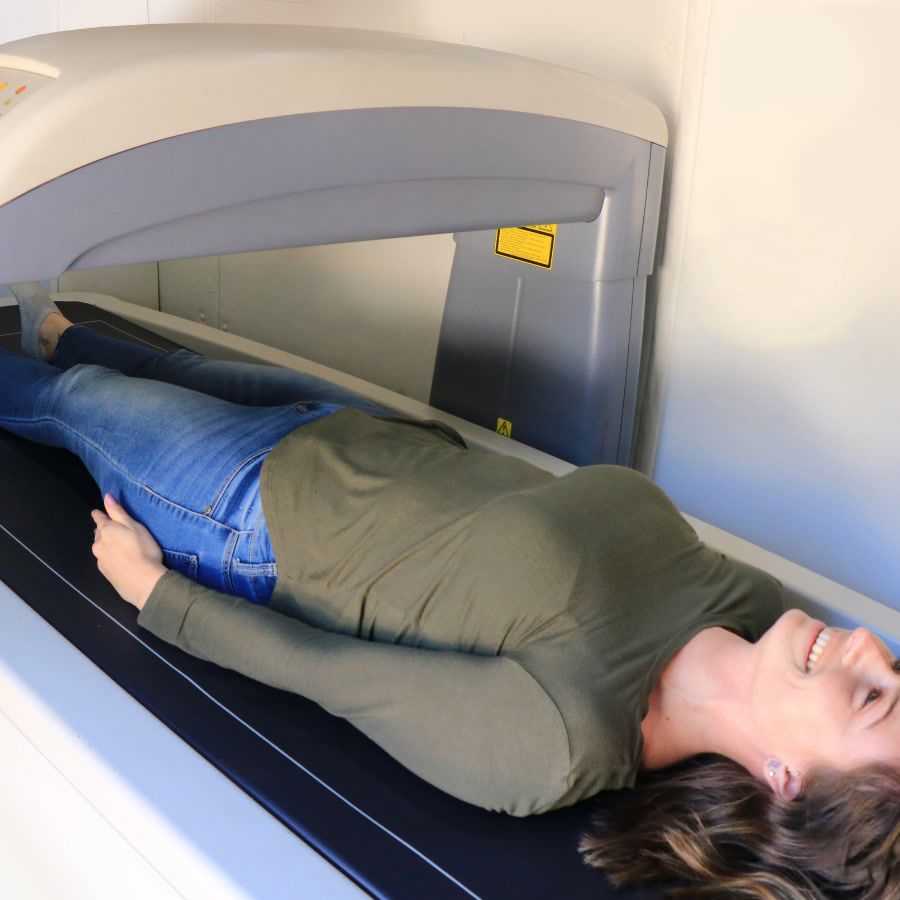What Are Peptides Used For? Benefits & Risks Guide

What Are Peptides Used For? A Guide to Benefits & Risks
Peptides show up in skincare serums, performance forums, and prescription medicines. But their effects, safety, and legality vary widely depending on the peptide, the route, and the evidence behind it. This guide cuts through the hype with clear explanations, balanced research, and practical next steps you can actually use.
TL;DR
- Peptides are short amino‑acid chains used in skincare, sports, and medicine—effects depend on the specific peptide and how it’s used.
- Skincare peptides can modestly improve skin appearance; product formulation and delivery are critical.
- Many “performance peptides” are unapproved, carry safety/legal risks, and are prohibited in sport.
- Several peptide drugs (e.g., GLP‑1s, GHRH analogs, PTH analogs) are FDA‑approved for specific conditions and require medical oversight.
- Nutrition peptides like collagen and milk‑derived tripeptides have mixed but emerging evidence; they’re adjuncts, not replacements for medical care.
What are peptides?

Peptides are short chains of amino acids—the building blocks of proteins. Because they’re small, many act like “messenger molecules” that bind receptors and trigger specific effects (for example, stimulating collagen production in skin or regulating appetite in the brain). Their impact depends on the exact sequence, dose, and delivery route.
Safety and legality snapshot

- In sports, peptide hormones and releasing factors (e.g., GHRH analogs like CJC‑1295; GHS/GHRPs like ipamorelin; IGF‑1 and analogs) are prohibited at all times, as outlined in the WADA 2025 Prohibited List.
- In the U.S., many “clinic” or internet peptides are unapproved drugs. The FDA flags several popular peptides (e.g., BPC‑157, CJC‑1295, ipamorelin) for significant safety concerns when compounded, including immunogenicity, impurities, and serious adverse events in its bulk drug substances safety list.
- For GLP‑1s like semaglutide, the FDA warns about unapproved and compounded versions with dosing errors and quality problems—stick to FDA‑approved products from licensed pharmacies per the FDA communication on unapproved GLP‑1 products.
Skincare applications
Peptides are common in serums and creams promising fewer fine lines and firmer skin. Four broad mechanisms stand out:
- Signal peptides: nudge fibroblasts to produce collagen and elastin.
- Carrier peptides: shuttle trace minerals (e.g., copper) to support repair.
- Neurotransmitter‑inhibiting peptides: slightly relax expression lines at the surface.
- Enzyme‑inhibiting peptides: curb collagen‑degrading enzymes.
What the evidence says
- Delivery is the bottleneck. Hydrophilic peptides struggle to cross the stratum corneum, so formulation and delivery tech (e.g., microneedles, emulsions, nano‑carriers) make a big difference, as summarized in a skin peptide delivery review and an acetyl hexapeptide‑8 evidence review.
- Acetyl hexapeptide‑8 (Argireline) may reduce wrinkle depth and improve elasticity in some trials, but penetration is limited and effects are modest vs injectables; results depend heavily on formulation and study design, per the acetyl hexapeptide‑8 evidence review.
- Copper peptides (GHK‑Cu) and other carrier peptides have supportive mechanistic and small clinical data, but large, high‑quality RCTs are limited; expectations should be realistic based on the review of GHK‑Cu and skin regeneration.
- Big‑picture advice from dermatology centers: prioritize proven basics (sun protection, retinoids, moisturizers); peptides can be an add‑on, not a miracle. See this dermatology advice on peptides.
How to use skincare peptides wisely
- Pair with sunscreen and retinoids; patch‑test new products.
- Give it 8–12 weeks before judging results.
- Focus on reputable brands that publish ingredient concentrations and testing.
Athletic performance and recovery
You’ll see peptides hyped for muscle gain, fat loss, and “healing.” Here’s where to be careful.

Unapproved 'Performance' Peptides: Risks and Reality
- BPC‑157: Not FDA‑approved; largely animal/lab evidence; the FDA warns about safety risks in compounding. It’s also prohibited or non‑approved for sport use by major authorities, per the FDA’s bulk substances safety list, the WADA 2025 Prohibited List, and this overview from Operation Supplement Safety.
- CJC‑1295 and ipamorelin: Not FDA‑approved; WADA‑prohibited peptide hormones/releasing factors. Small human studies show GH/IGF‑1 increases for CJC‑1295 without demonstrated performance outcomes (see the CJC‑1295 trial in healthy adults), and WADA prohibits these classes in its 2025 Prohibited List.
Prioritizing Safe and Proven Strategies
Build your plan around protein, progressive overload, sleep, and creatine. For protein fundamentals, read our guide on protein fundamentals.
If you use creatine, see our overview on choosing a creatine supplement and a practical Q&A on creatine during fat loss.
If you’re still curious about peptides, start with our deep dives: Peptides for Muscle Growth: Science, Safety, and Legal Alternatives and The Best Peptides for Weight Loss: A Science‑Backed Guide.
Medical and therapeutic uses (FDA‑approved examples)

These peptide or peptide‑analog drugs have specific, on‑label uses and require medical oversight.
-
Semaglutide (GLP‑1 receptor agonist)
- Use(s): Chronic weight management; cardiovascular risk reduction in adults with established CVD and obesity/overweight; treatment of noncirrhotic MASH with moderate‑to‑advanced fibrosis in adults, per the semaglutide FDA label (2025).
- Key considerations: Boxed warning for thyroid C‑cell tumors in rodents (contraindicated with personal/family history of MTC/MEN2); GI effects, gallbladder disease, hypoglycemia with insulin/secretagogues, kidney injury risk, retinopathy complications; use only FDA‑approved products, not unvetted compounded versions (see the FDA communication on unapproved GLP‑1 products). Body composition often improves via greater fat than lean mass loss. For practical strategies to preserve muscle on GLP‑1s, see our analyses on GLP‑1s and lean mass loss and GLP‑1s and muscle mass.
-
Tesamorelin (GHRH analog)
- Use(s): Reduction of excess abdominal fat in adults with HIV‑associated lipodystrophy, as indicated in the tesamorelin FDA label.
- Key considerations: Daily subcutaneous injection; monitor IGF‑1, glucose tolerance, and neoplasm risk; discontinue with malignancy recurrence.
-
Desmopressin (vasopressin analog)
- Use(s): Central diabetes insipidus; primary nocturnal enuresis; diagnostic evaluation of renal concentration capacity in specific scenarios (see the desmopressin FDA label).
- Key considerations: Hyponatremia risk is the key safety concern; provide careful fluid guidance and monitoring, especially in pediatric/geriatric use.
-
Teriparatide (PTH 1‑34)
- Use(s): Osteoporosis in adults at high fracture risk (overviewed in this teriparatide clinician review).
- Key considerations: Typically reserved for very high fracture risk; monitor calcium; plan sequential antiresorptive therapy following course completion.
-
Becaplermin (PDGF)
- Use(s): Topical gel for lower‑extremity diabetic neuropathic ulcers with adequate blood supply, as an adjunct to good wound care (per the REGRANEX FDA label).
- Key considerations: A prior boxed warning about cancer mortality was removed in 2018 following additional data review (FDA approval to remove boxed warning). Use strictly per indication.
Nutrition and healthy aging
-
Collagen peptides
- Skin: Evidence is mixed. A 2025 meta‑analysis of 23 RCTs reported no clinical support for collagen supplements on skin aging when restricting to high‑quality, non‑industry studies (see the meta‑analysis on collagen and skin aging). Other meta‑analyses show improvements in hydration and elasticity with longer use but highlight risk of bias and heterogeneity (e.g., this systematic review/meta‑analysis of hydrolyzed collagen for skin).
- Joints: Meta‑analysis suggests modest pain reduction in knee osteoarthritis vs placebo, with a need for higher‑quality trials (summarized in the meta‑analysis of collagen peptides for OA knee pain).
- Practical take: If you try collagen, give it 8–12 weeks, aim for consistent daily dosing, and track outcomes you care about (skin feel, joint discomfort) rather than expecting dramatic changes. Collagen’s role in fat loss is limited; for a more comprehensive strategy, see our guide to improving body composition.
-
Milk‑derived tripeptides (IPP/VPP)
- Blood pressure: A meta‑analysis of RCTs indicates small reductions in systolic/diastolic BP in pre‑hypertensive/hypertensive adults, as covered in this review of milk tripeptides and blood pressure. These do not replace prescribed therapy.
Quick comparison table (representative examples)
| Peptide (type) | Main use | Route | FDA status | Evidence highlights | Key concerns |
|---|---|---|---|---|---|
| Semaglutide (GLP‑1 RA) | Weight management, CV risk reduction, MASH (adults) | Weekly SC | FDA‑approved Rx | Large RCTs; 2025 label expands indications | Boxed warning; GI, gallbladder, kidney, retinopathy; avoid compounded versions |
| Tesamorelin (GHRH analog) | HIV‑associated lipodystrophy (VAT reduction) | Daily SC | FDA‑approved Rx | Reduces VAT in trials | Monitor IGF‑1, glucose; neoplasm risk |
| Teriparatide (PTH 1‑34) | Osteoporosis, high fracture risk | Daily SC | FDA‑approved Rx | Increases BMD; reduces fractures in high‑risk patients | Hypercalcemia; sequential therapy planning |
| Desmopressin (vasopressin analog) | CDI; nocturnal enuresis | Oral/IN/SC (per product) | FDA‑approved Rx | Long record of clinical use | Hyponatremia risk; fluid restriction |
| Becaplermin (PDGF) | Diabetic neuropathic ulcers | Topical | FDA‑approved Rx | Adjunct to wound care | Cancer signal reevaluated; use per indication |
| Acetyl hexapeptide‑8 (Argireline) | Fine lines | Topical | Cosmetic | Some improvement in wrinkle depth; delivery is key | Modest effects; product quality matters |
| Copper peptide (GHK‑Cu) | Skin repair | Topical | Cosmetic | Mechanistic + small clinical signals | Limited large RCTs |
| Collagen peptides | Skin/joints | Oral | Supplement | Mixed skin data; some OA pain benefit | Study quality varies |
| CJC‑1295 (GHRH analog) | “Performance” | SC | Not FDA‑approved; WADA‑prohibited | Raises GH/IGF‑1 in small studies | Safety/quality/legal risks; prohibited in sport |
| BPC‑157 | “Healing” claims | Oral/IN/SC (unapproved) | Not FDA‑approved; WADA S0/DoD prohibited | Mostly animal data | FDA safety concerns; legality; contamination risks |

Choosing a Peptide Strategy Based on Your Goal
- Better skin texture and fine lines
- Start with fundamentals (SPF, retinoids, moisturizer). Consider adding a well‑formulated peptide serum (e.g., Argireline or copper peptides) and reassess after 8–12 weeks; see this dermatology advice on peptides and the acetyl hexapeptide‑8 evidence review.
- Muscle gain or recovery
- Emphasize protein, progressive overload, creatine, and sleep. For practical guidance, see our guide on protein fundamentals and this overview on choosing a creatine supplement. For safety considerations around peptide use, start with Peptides for Muscle Growth: Science, Safety, and Legal Alternatives.
- Medical or metabolic goals (e.g., weight, lipodystrophy, osteoporosis)
- Talk to your clinician about FDA‑approved peptide therapies (semaglutide, tesamorelin, teriparatide, desmopressin) and ongoing monitoring. Be wary of compounded/online versions.
- Blood pressure or healthy aging
- Lifestyle first. Milk‑derived peptides (IPP/VPP) have small BP effects in RCTs but don’t replace medical care; see the review of milk tripeptides and blood pressure.
Track what actually changes—with DEXA
A BodySpec DEXA scan makes progress tangible by quantifying fat mass, lean mass, bone density, and visceral fat. If you’re using GLP‑1 therapy, it helps confirm that most of the loss is fat, not muscle. If you’re optimizing training and nutrition, it validates that your lean mass is trending up.
To get more from each scan, learn how to interpret your numbers with our guide to reading DEXA results. And if visceral fat is your priority, start with our explainer on what visceral fat is and then use our step‑by‑step plan for how to reduce it.
FAQ
-
Are peptides the same as steroids?
- No. Peptides are short amino‑acid chains; steroids are lipid molecules. Some peptide hormones affect growth or metabolism and are banned in sport, as detailed in the WADA 2025 Prohibited List.
-
Are topical skincare peptides safe?
- Generally well tolerated for healthy adults, but efficacy varies and sensitive skin can react. Prioritize sun protection and proven actives; use peptides as a complement. See this dermatology advice on peptides.
-
What about “peptide stacks” I see online?
- Many include unapproved drugs with quality, dosing, and legal issues. The FDA has flagged safety concerns for several popular peptides used in compounding; see the bulk drug substances safety list.
-
How fast will I see results?
- Skincare peptides: give it 8–12 weeks. Collagen peptides: 8–12 weeks for any potential effects. Medical therapies follow their own timelines per indication and dose—work with your clinician.
-
What if I’m an athlete in a tested sport?
- Check the WADA list and your federation. Many peptides (including GLP‑1s, IGF‑1, GHRPs/GHRH analogs) are prohibited or restricted; verify against the WADA 2025 Prohibited List.
Disclaimer: This guide is educational and not a substitute for medical advice. Discuss medications and supplements with your healthcare provider.


